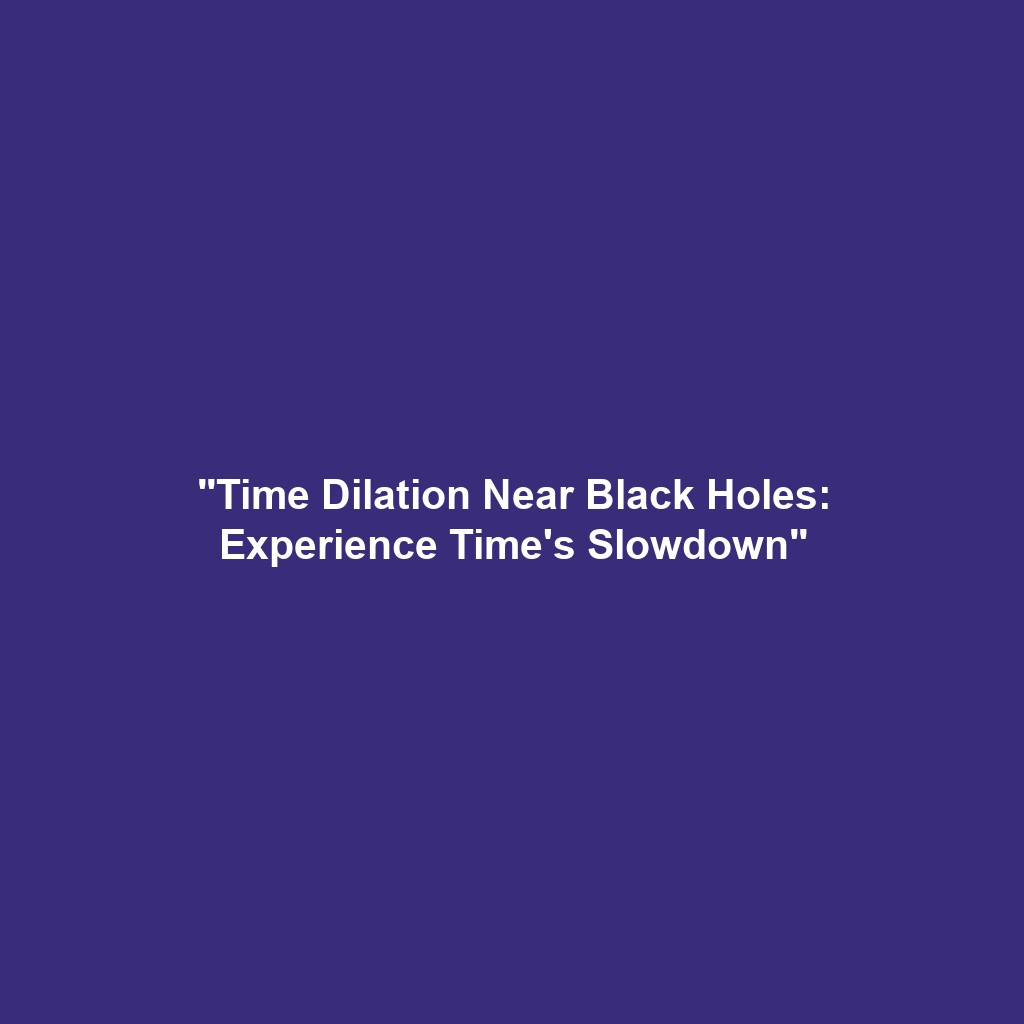<>
X-ray Observatories and Their Pivotal Role in Black Hole Discovery
X-ray observatories play a critical role in our understanding of black holes and the universe’s most enigmatic phenomena. By capturing high-energy radiation emitted from celestial objects, these advanced instruments provide invaluable insights into the nature and behavior of black holes. As we delve into the intricacies of X-ray astronomy, we uncover not only the secrets of black holes but also the broader implications on fundamental physics and our place in the cosmos.
Key Concepts of X-ray Observatories and Black Holes
X-ray observatories are specialized telescopes designed to detect and analyze X-ray emissions from astronomical sources. Understanding the interplay between these two fields involves several key principles:
- X-ray Emission: Black holes, while not visible themselves, reveal their presence through the X-rays emitted by the accretion disks of gas and dust spiraling into them.
- Detection Methods: Instruments such as NASA’s Chandra X-ray Observatory and the European Space Agency’s XMM-Newton use advanced sensors to capture X-ray data.
- Research Goals: The primary aim is to map black hole distributions in the universe and understand their formation, growth, and impact on galaxy evolution.
Applications and Real-World Uses
The applications of X-ray observatories in black hole discovery are numerous and vital to advancing our knowledge. Here are some significant uses:
- Mapping Cosmic Structures: X-ray observatories help astronomers understand the large-scale structure of the universe by identifying regions with high concentrations of black holes.
- Studying Accretion Processes: Research on how matter interacts with black holes enhances our understanding of fundamental physics, including gravity and thermodynamics.
- Exotic Phenomena: They contribute to the study of relativistic jets and the behavior of matter under extreme gravitational forces.
Current Challenges in Black Hole Research
Despite the advancements, there are several challenges in utilizing X-ray observatories for black hole research:
- Instrumentation Limitations: Current X-ray detectors require space-based platforms, restricting the number of missions that can be launched.
- Data Interpretation: The complexity of the data requires sophisticated models and simulations to accurately interpret findings.
- Energy Requirements: Black hole environments are extreme, producing energy levels that challenge current observational technologies.
Future Research and Innovations
The future of X-ray observatories holds promise for deeper investigations into black holes. Upcoming research focuses on:
- Next-Generation Telescopes: Development of instruments like the NASA’s XRISM (X-Ray Imaging and Spectroscopy Mission) aims to provide unprecedented sensitivity and resolution in X-ray observations.
- Collaborative Projects: International collaborations in space observatory missions will enhance data collection and broaden our understanding of black hole physics.
- Artificial Intelligence: The integration of AI in data analysis will improve our capacity to process complex datasets, leading to quicker and more accurate discoveries.
Conclusion
X-ray observatories are indispensable in the ongoing quest to comprehend black holes and their role in the universe. Their unique ability to reveal high-energy cosmic phenomena enhances our understanding of fundamental physics and the universe’s structure. As we look to the future, continued innovations and research in this field promise to unlock even greater mysteries. Stay informed about advancements in X-ray astronomy and living knowledge, and explore related topics on our website.







